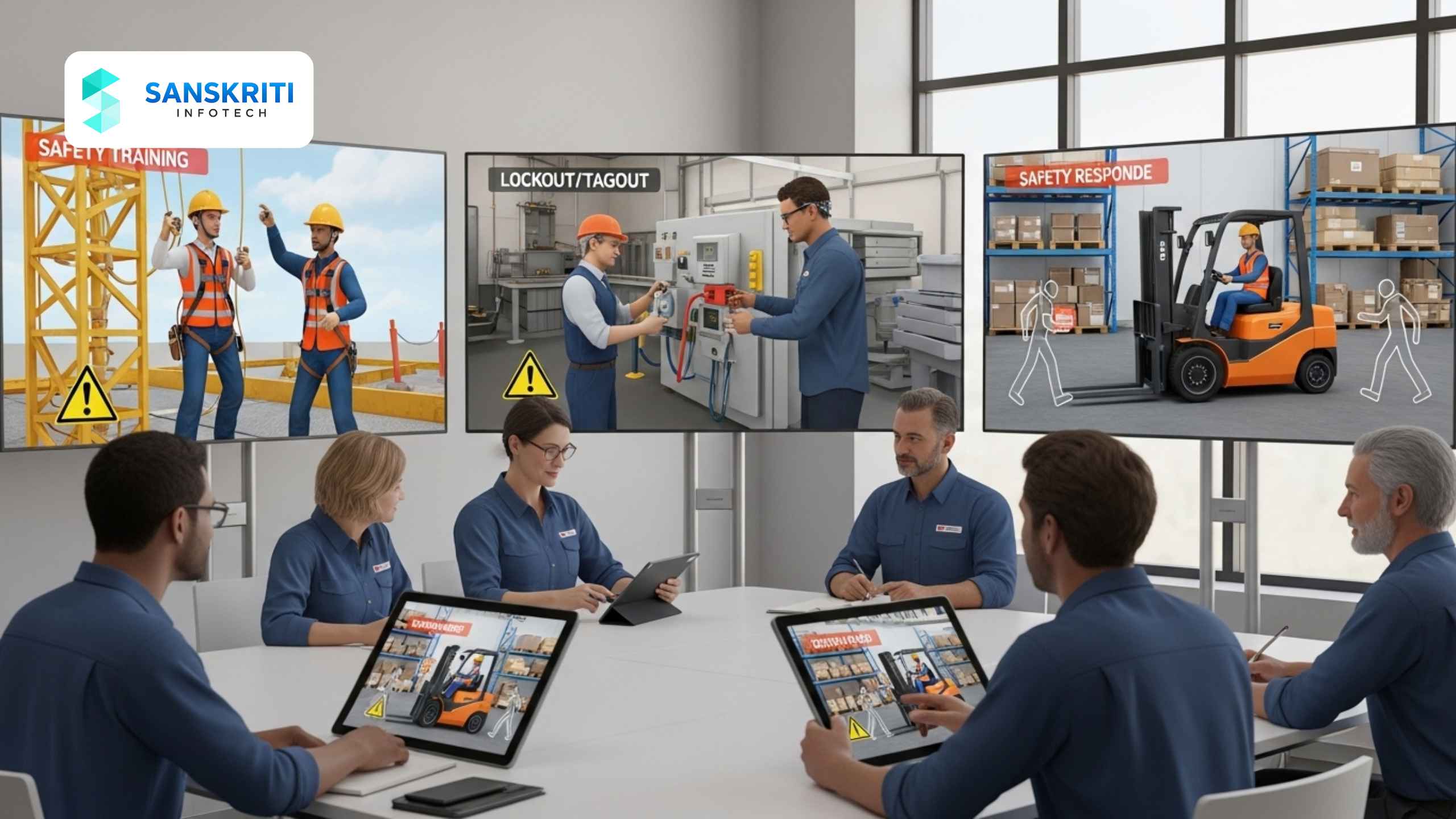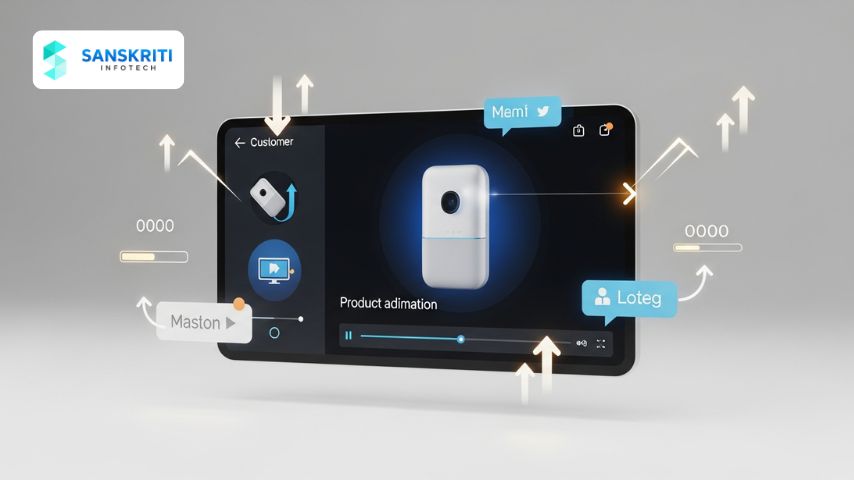Table of Contents
Introduction
Workplace incidents can cost businesses more than just money—they can damage reputations, disrupt operations, and harm lives. That’s why workplace safety training is one of the most important investments any organization can make. But traditional methods like slide decks, printed manuals, or long lectures often fail to keep employees engaged or help them remember critical safety protocols.
3D animated training changes that. It delivers safety lessons visually, interactively, and consistently—making them easier to understand, retain, and apply. For companies committed to building safer workplaces, 3D animated safety training is not just a trend; it’s a game-changer.
The Business Case for Workplace Safety Training
Effective workplace safety training leads to:
- Reduced accident rates and downtime
- Higher productivity and morale
- Stronger compliance with regulatory standards
- Lower insurance premiums and legal risks
Without proper training, organizations risk:
- Costly worker injuries
- Regulatory penalties
- Loss of skilled labor
- Damage to client trust
For industries like manufacturing, oil and gas, construction, and logistics, consistent and impactful safety training is essential for operational success. Following comprehensive workplace safety guidelines is crucial for developing effective programs.
Why 3D Animated Training Wins Over Traditional Methods
Old training methods struggle with:
- Low engagement and poor knowledge retention
- Language barriers in diverse workforces
- Inconsistency across different trainers and locations
Here’s why 3D animated training excels:
- Immersive Visual Learning – Demonstrates real-life scenarios without real-life risk.
- Universal Understanding – Visual cues and subtitles make content accessible to all.
- Faster and More Effective – Delivers key messages in minutes, not hours.
- Engagement Boost – Employees are more likely to watch, absorb, and remember.
Research on the benefits of animated video learning shows significant improvements in comprehension and retention rates.
Key Benefits of Using 3D Animated Workplace Safety Training
✅ Higher Retention Rates – Animated scenarios stick in memory longer than text or static slides.
✅ Consistency Across Sites – Everyone receives the exact same high-quality training.
✅ Customizable Content – Tailor scenarios to match specific workplace hazards.
✅ Faster Onboarding – Quickly train new hires without disrupting production.
✅ Scalable & Cost-Effective – Reusable content lowers long-term training costs.
What to Include in a Workplace Safety Training Video
An impactful 3D animated safety training video should cover:
- Safety Culture Overview – The company’s approach to health and safety.
- Hazard Identification – Common and site-specific risks.
- PPE Guidelines – Correct usage and enforcement.
- Emergency Protocols – Evacuation plans, alarms, muster points.
- Incident Reporting – Steps for communicating hazards or injuries.
- Behavioral Standards – Rules on equipment use, housekeeping, and conduct.
To be effective, each section should:
- Be 2–4 minutes long
- Use clear, realistic visuals
- Include a short knowledge check
Understanding principles of structuring workplace safety training programs ensures comprehensive coverage of all essential elements.
Real-World Case Example
Company: A multinational logistics provider with multiple warehouses.
Problem: Traditional safety briefings were inconsistent across locations and failed to address specific warehouse hazards.
Solution: A series of 3D animated safety training videos:
- Modules tailored for forklift operations, PPE, and chemical handling
- Subtitles in multiple languages for a diverse workforce
- Integration into the company’s Learning Management System (LMS)
Result:
- 35% reduction in workplace accidents within one year
- Improved safety audit scores company-wide
- Faster onboarding for seasonal staff
Steps to Create an Effective 3D Workplace Safety Training Video
- Assess Training Needs – Identify hazards and compliance requirements.
- Script the Content – Collaborate with safety experts to ensure accuracy.
- Storyboard the Visuals – Plan realistic scenes for each hazard or procedure.
- Develop 3D Animations – Create accurate models of your workplace.
- Add Voiceovers & Subtitles – Support multilingual delivery.
- Test & Refine – Gather feedback from a pilot group.
- Deploy & Track – Integrate with LMS and monitor completion rates.
Effective LMS integration for safety modules is essential for seamless deployment and comprehensive tracking capabilities.
Integrating Animated Safety Training into a Safety Culture
3D animated safety training works best when it’s part of a continuous improvement approach:
- Use videos for both onboarding and refresher training
- Play them on breakroom monitors and digital signage
- Pair them with regular toolbox talks
- Track engagement and adapt based on analytics
Ready to revolutionize your workplace safety training? Contact us today to learn how we can create engaging, effective safety training solutions tailored to your specific industry needs.






